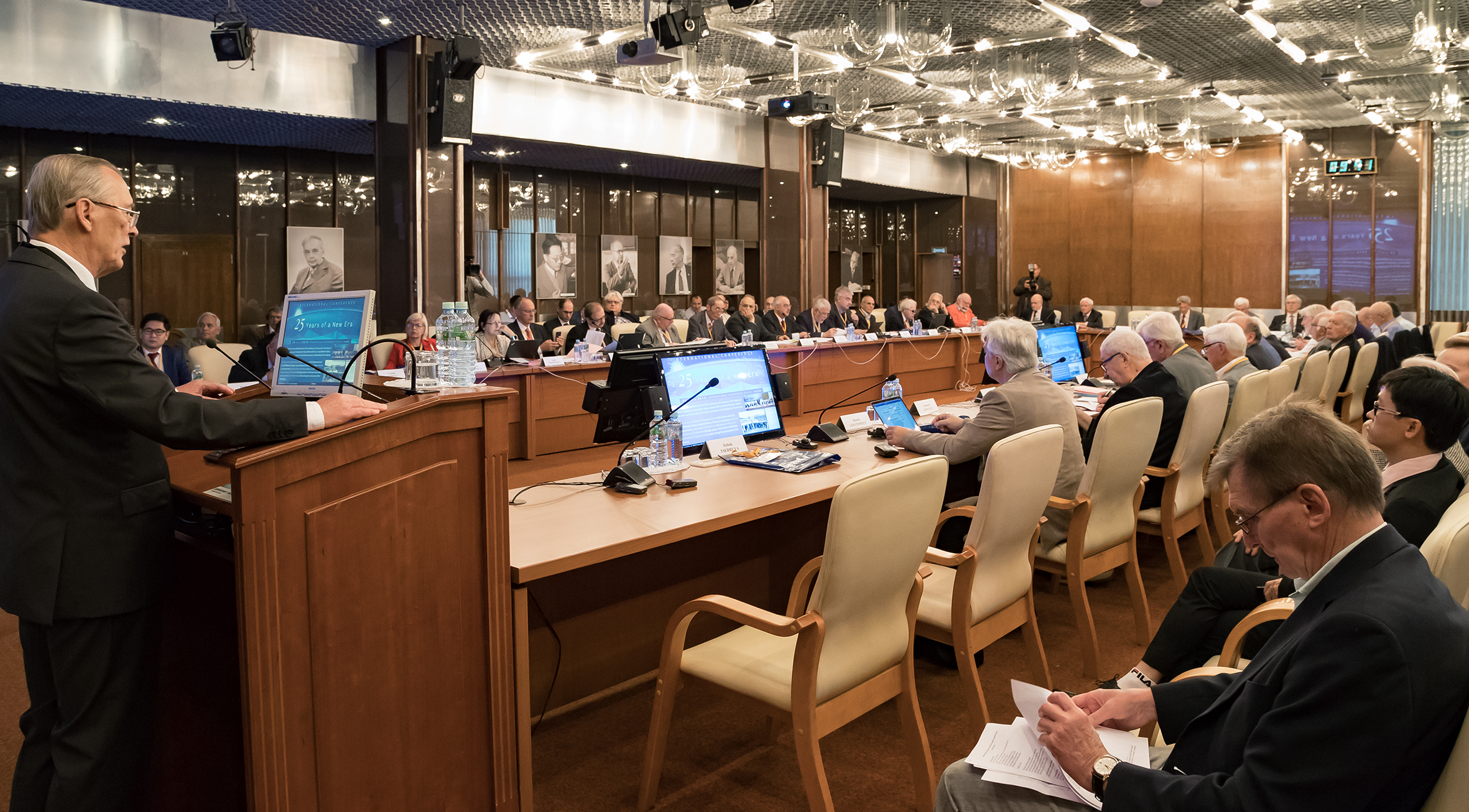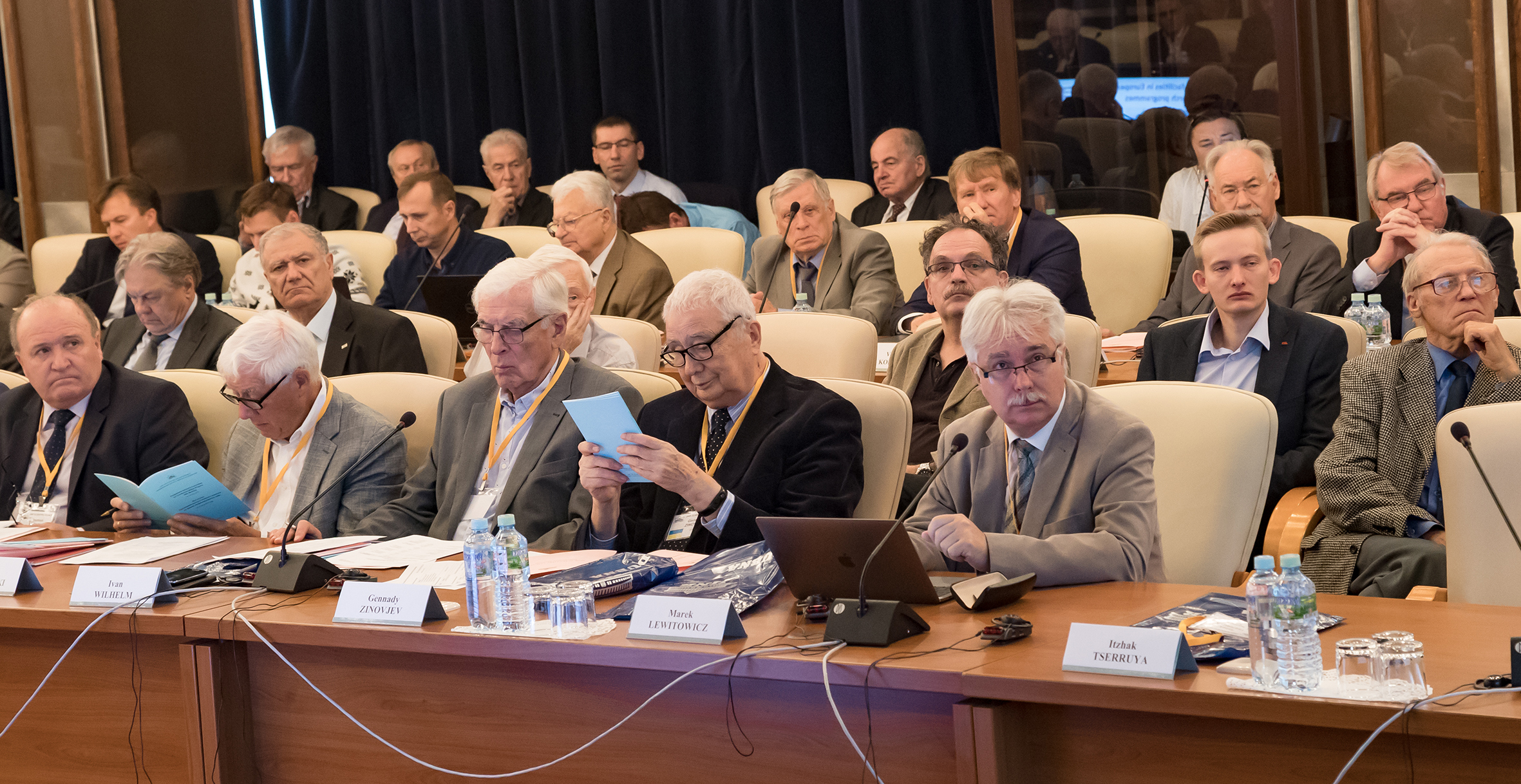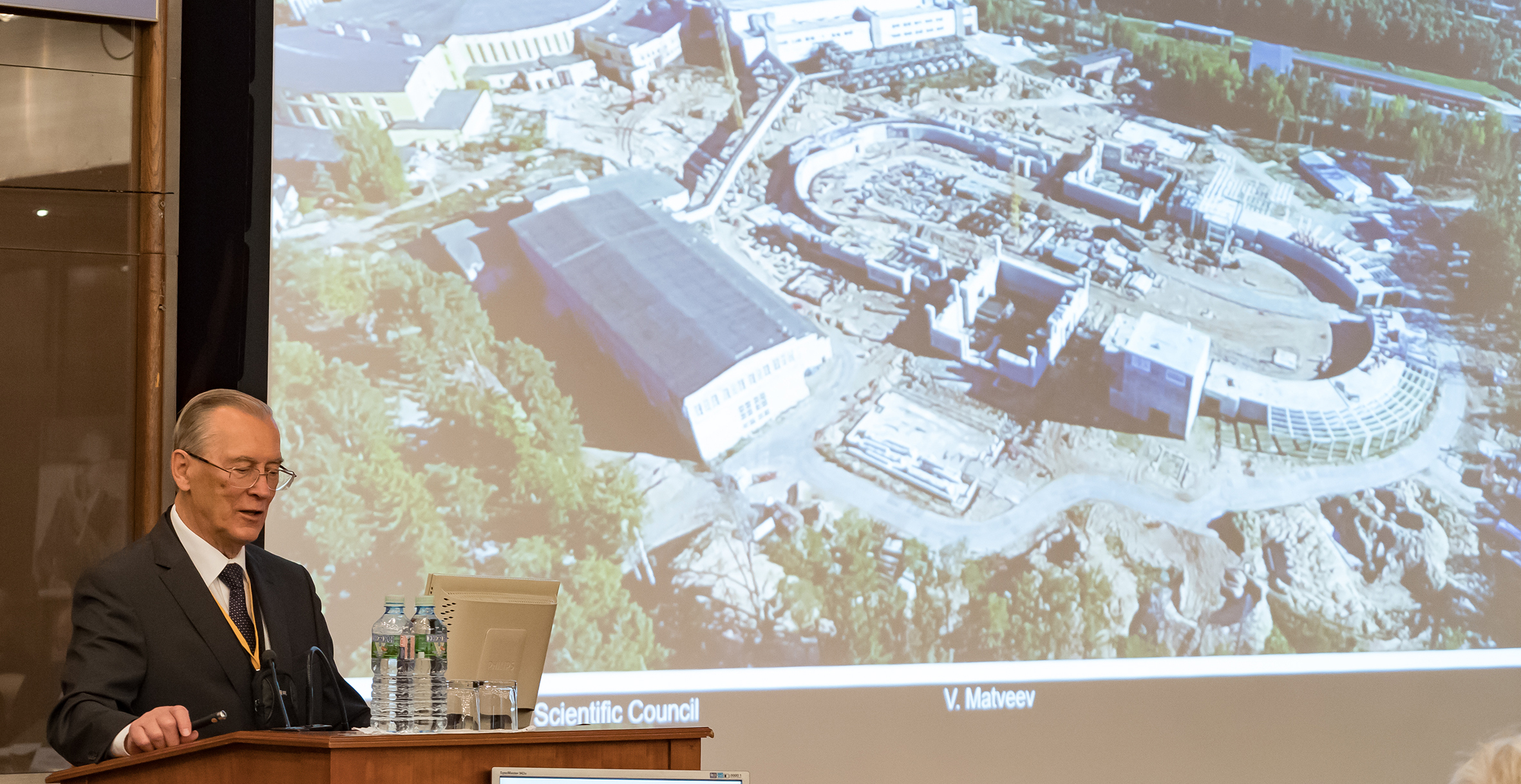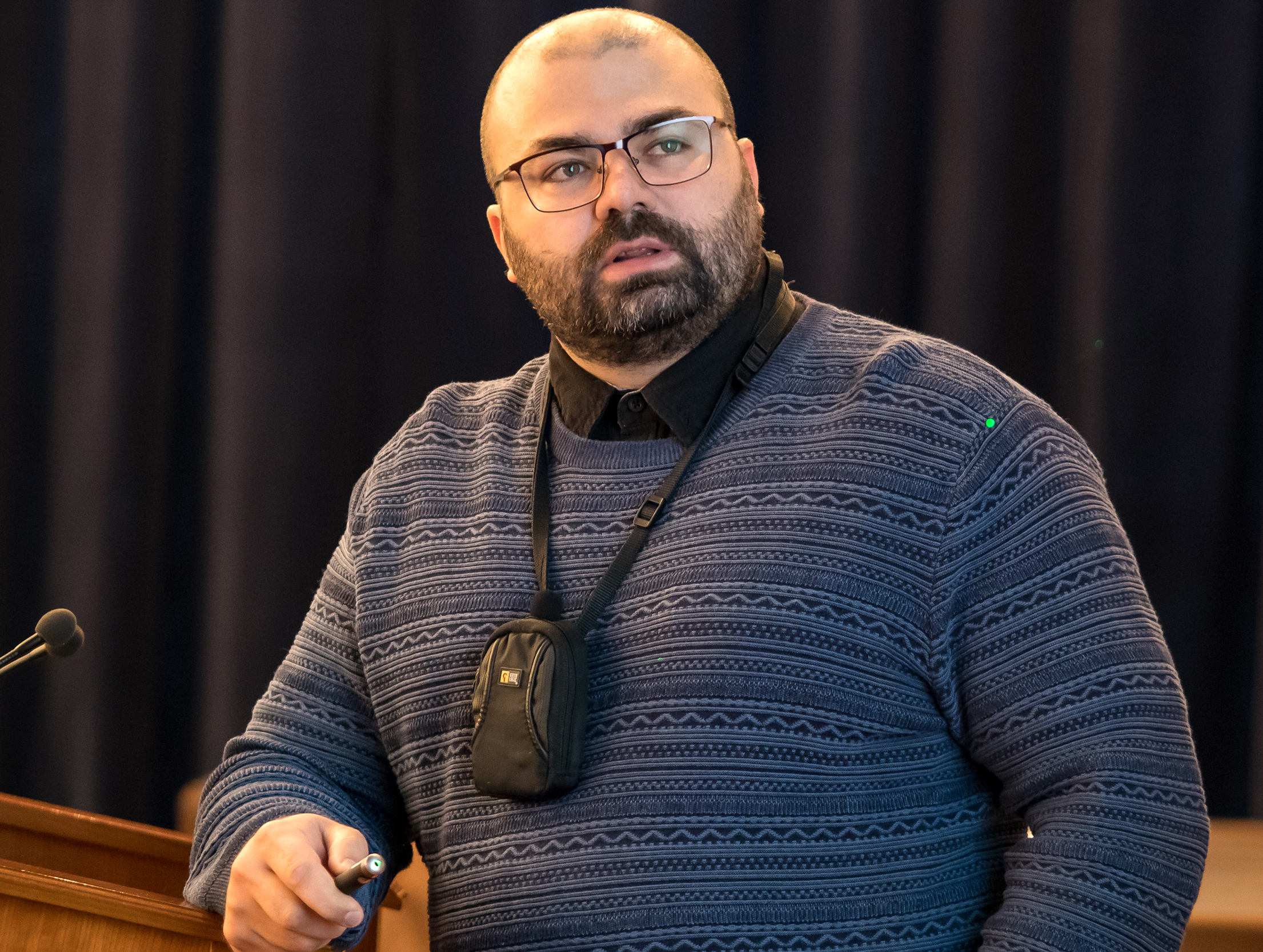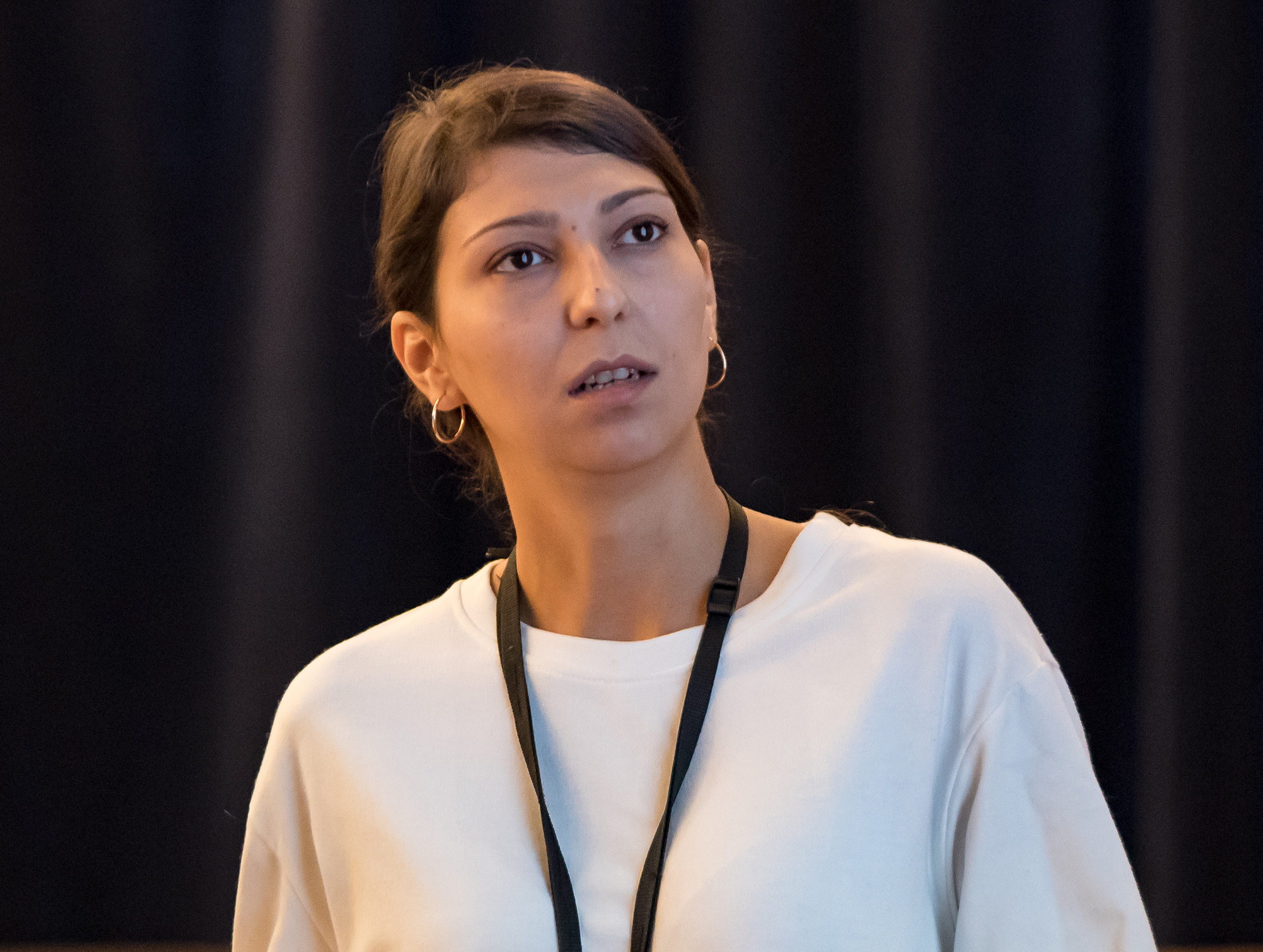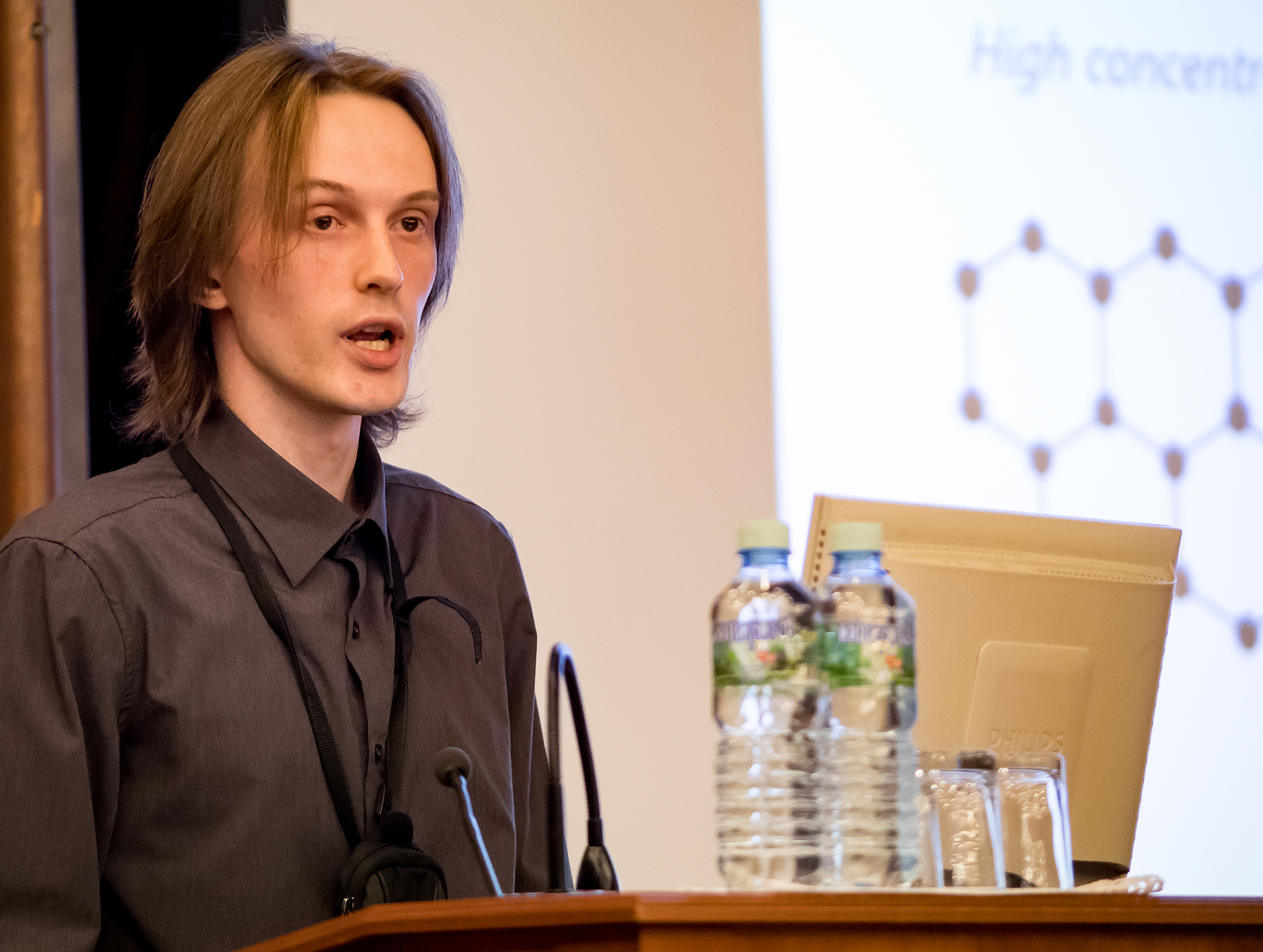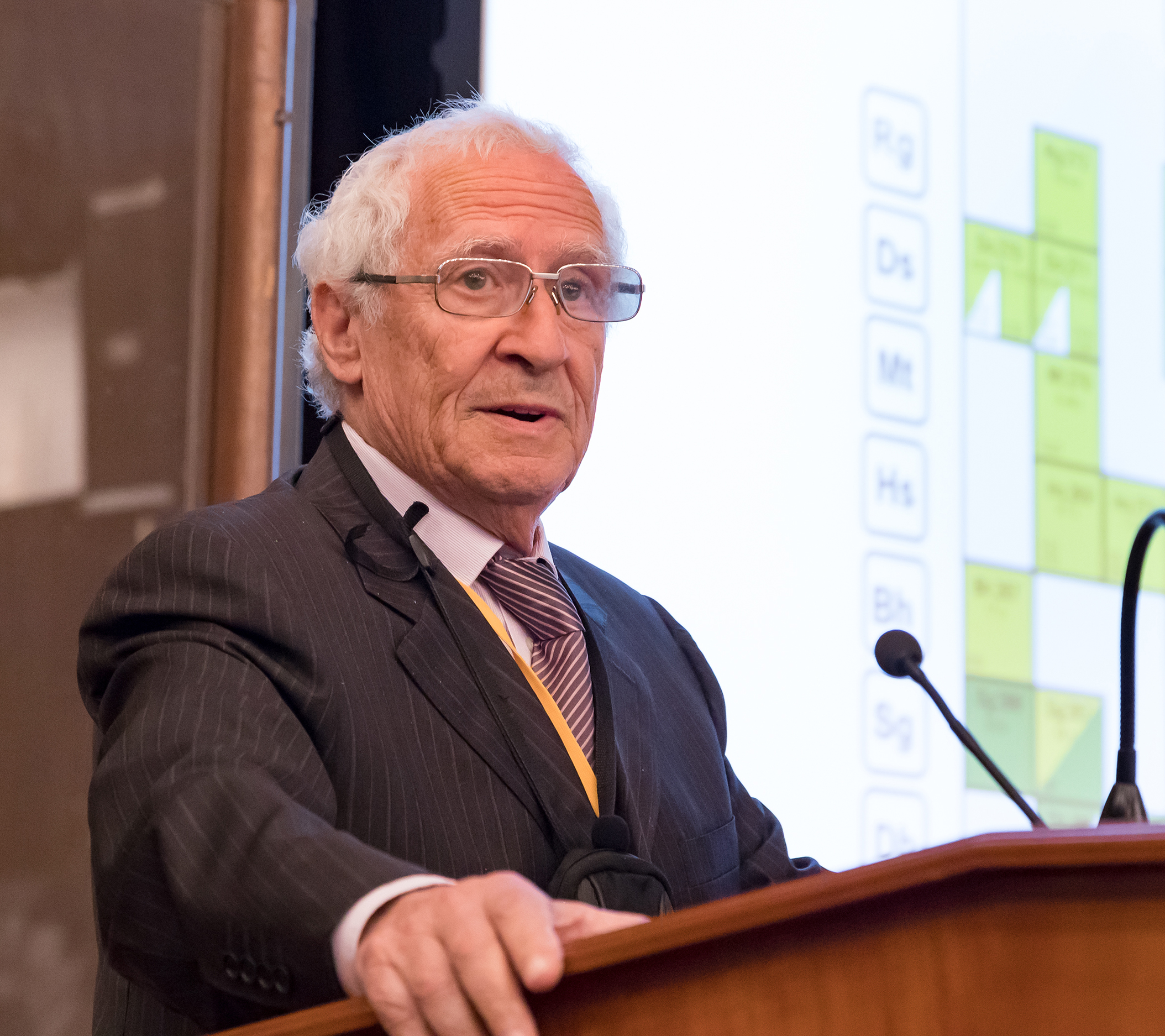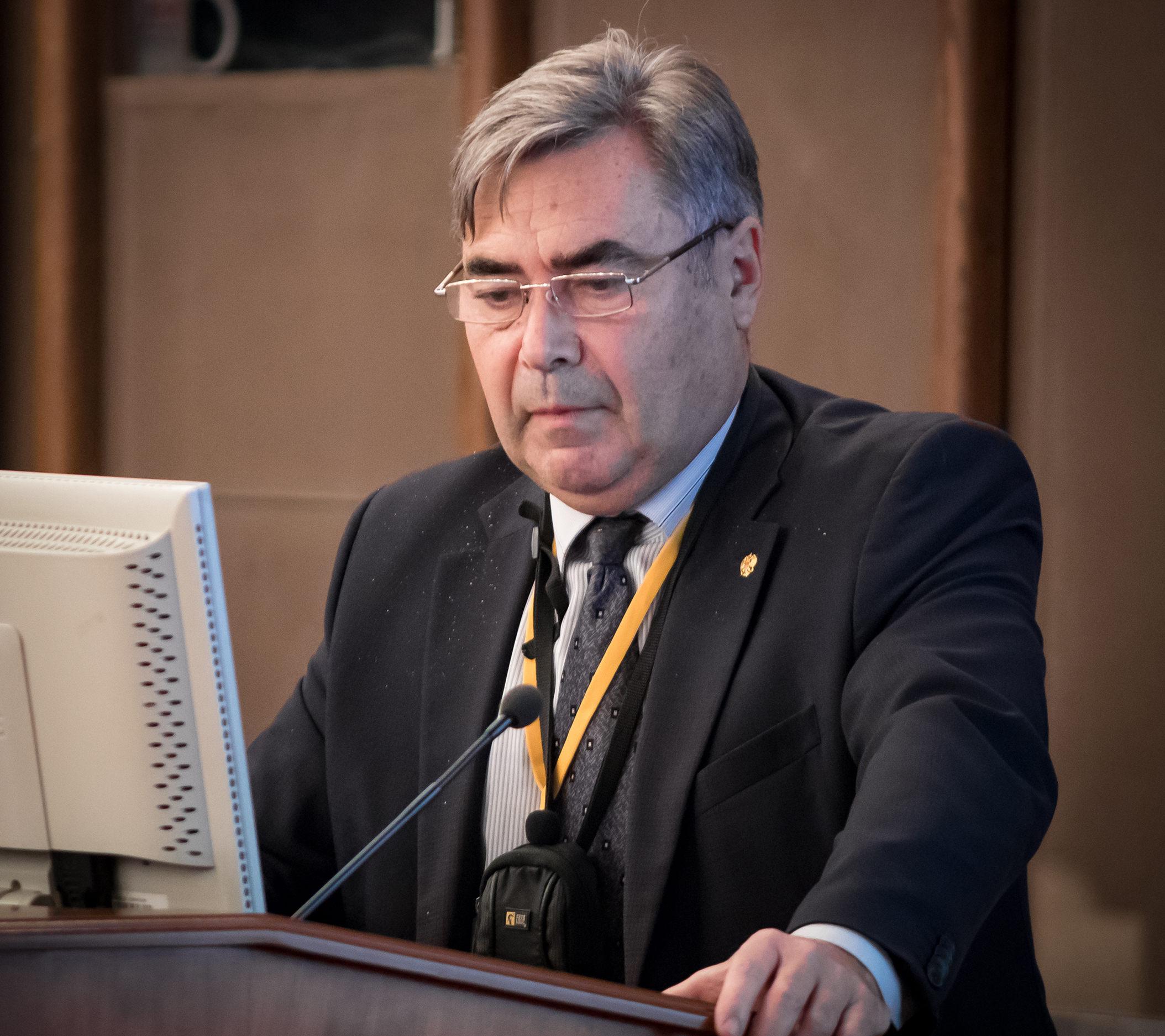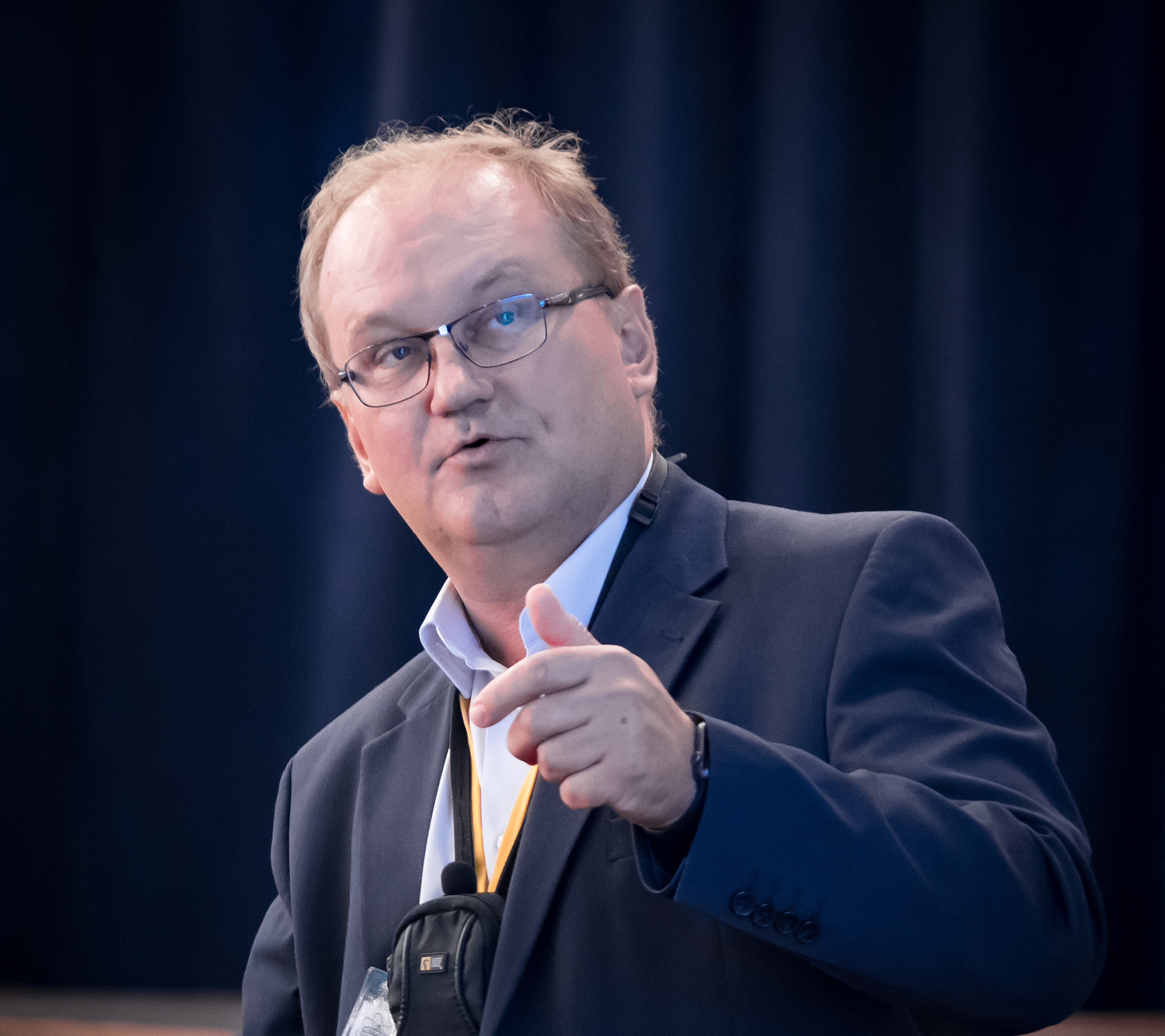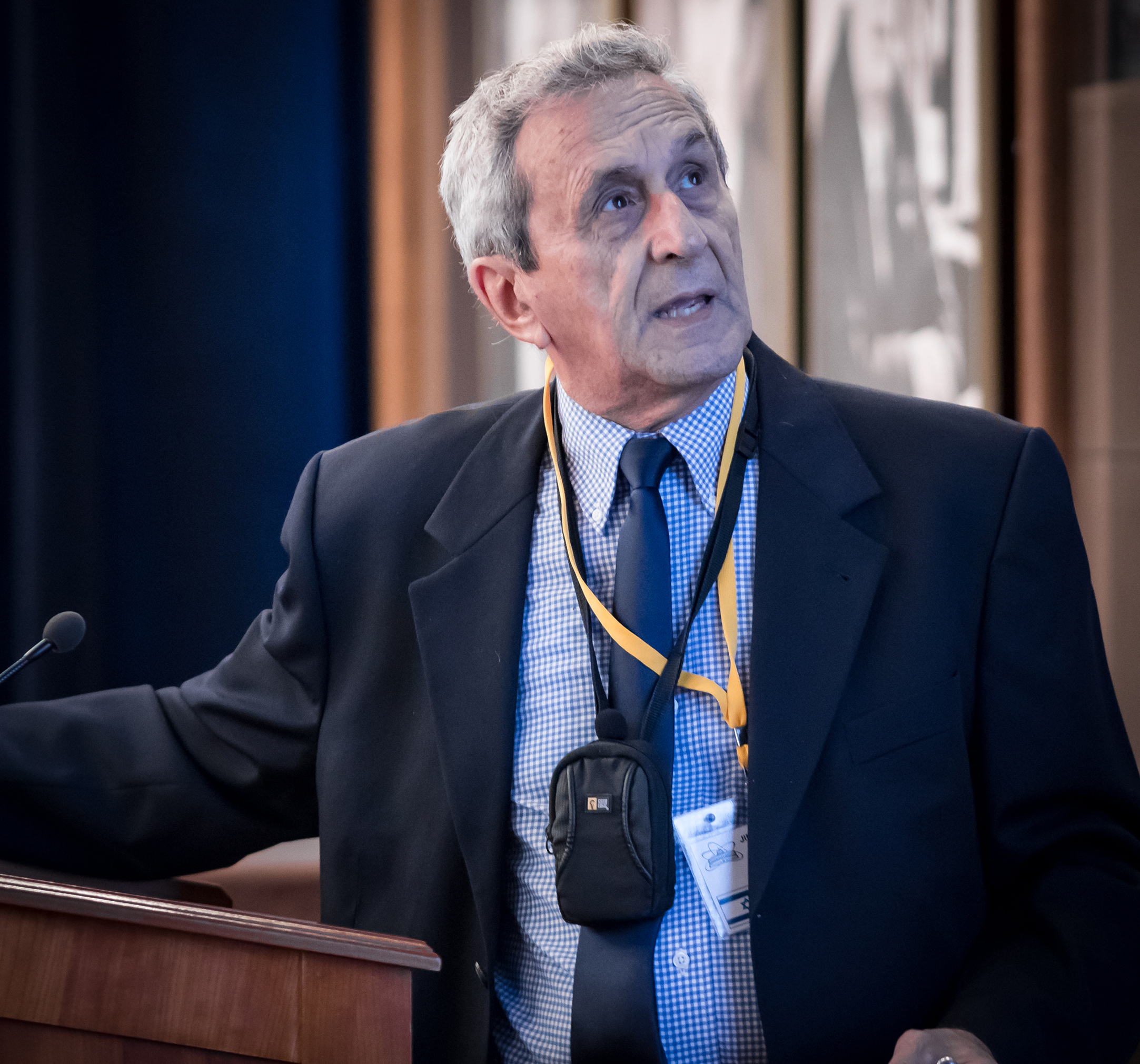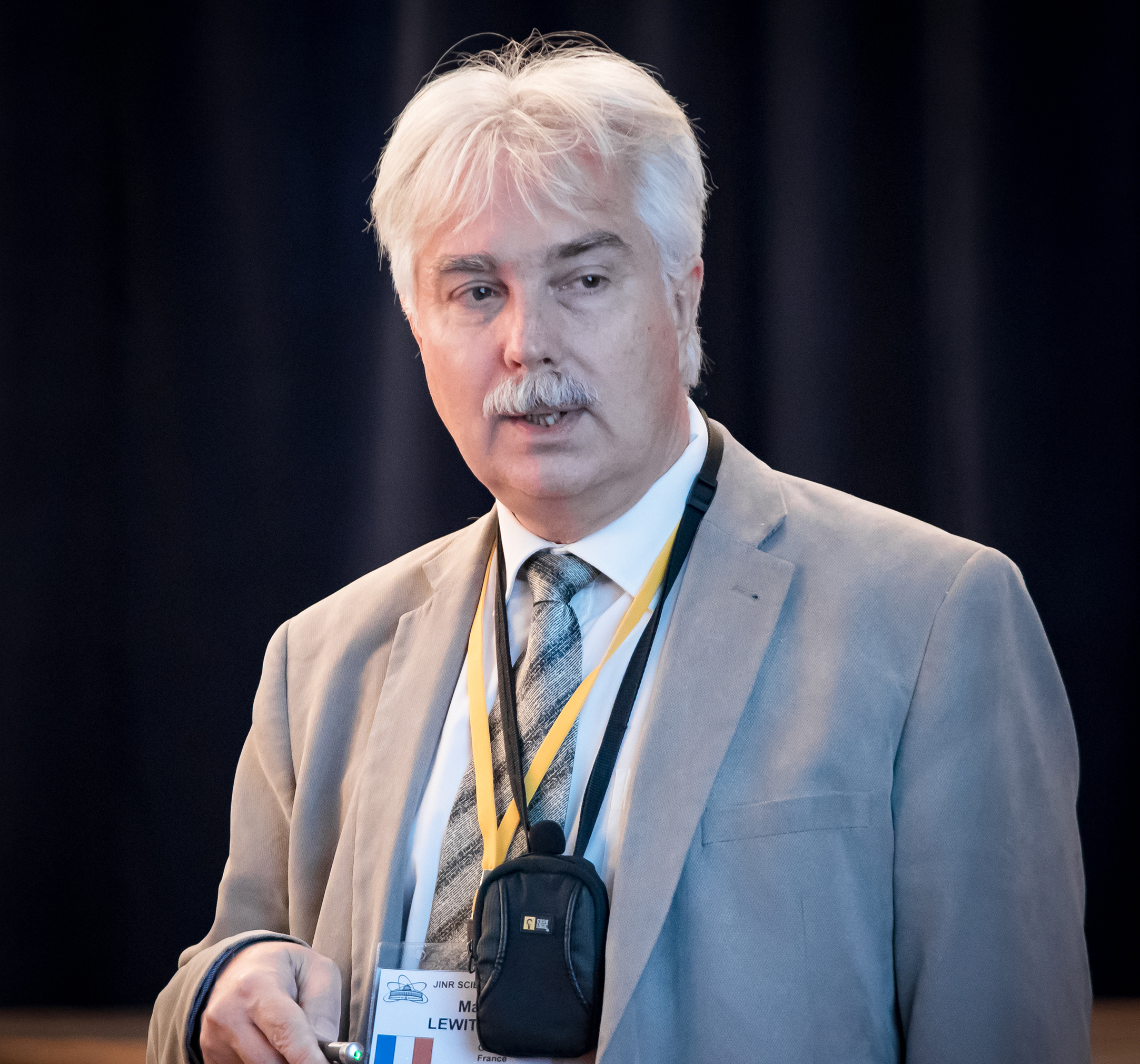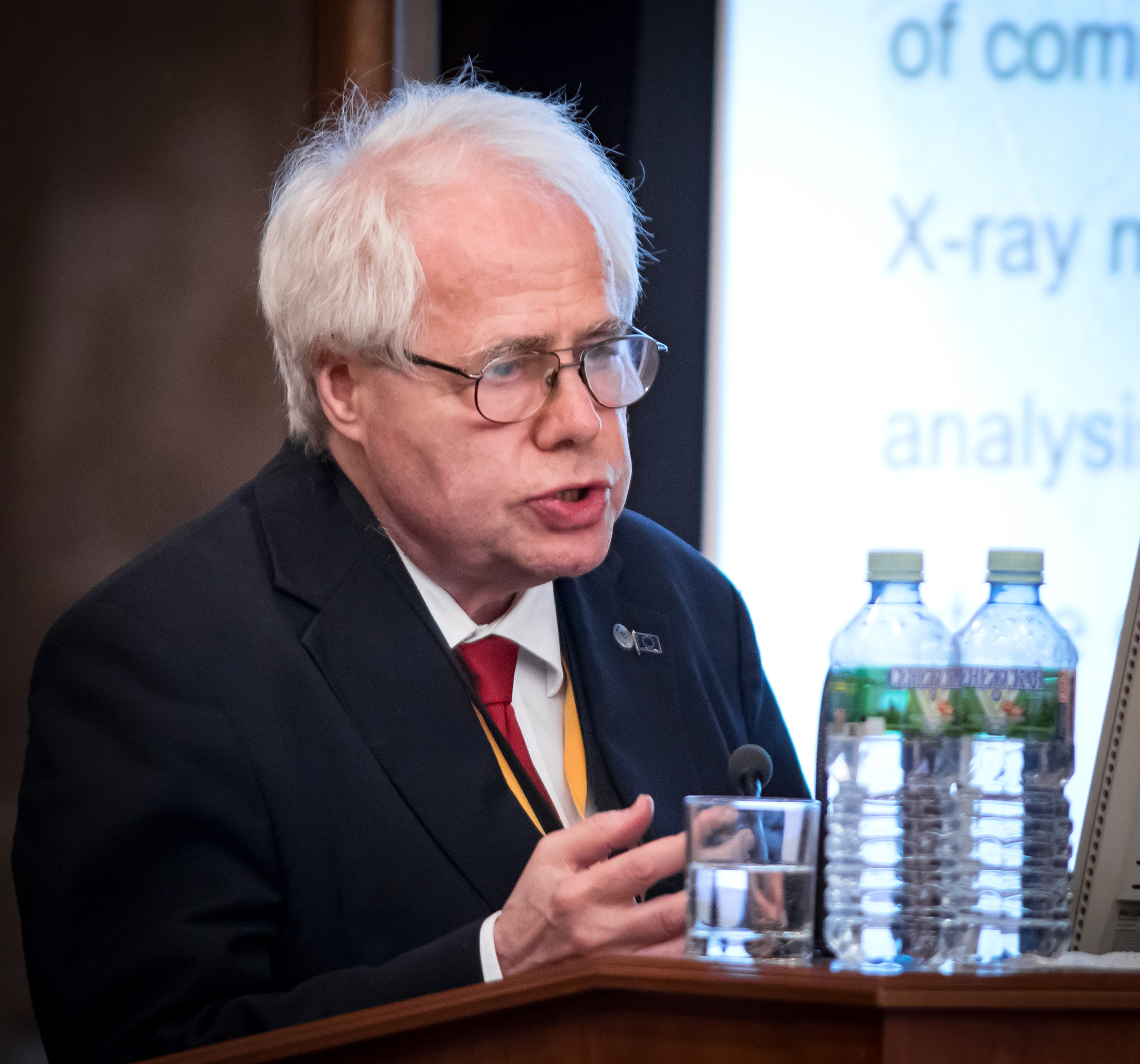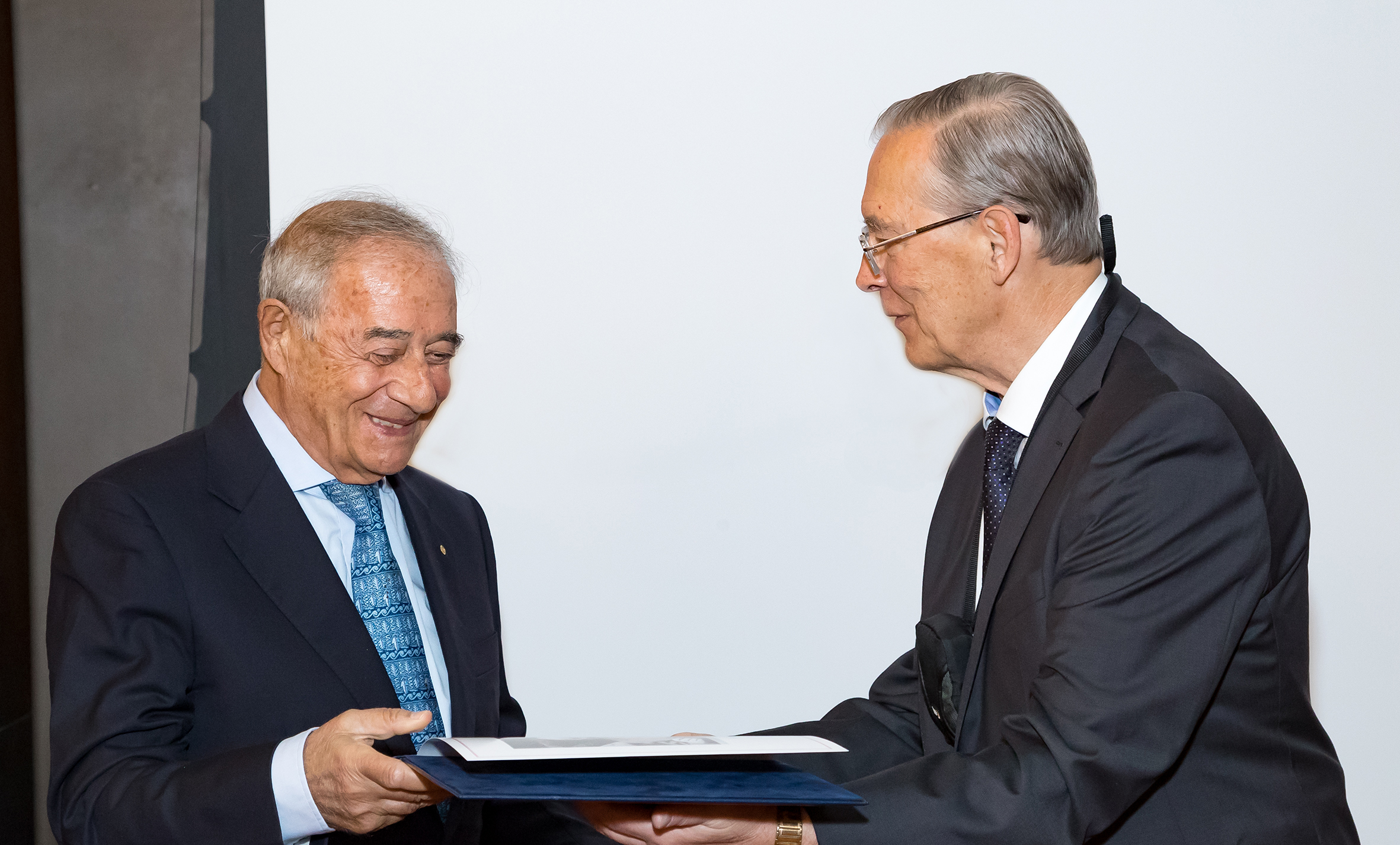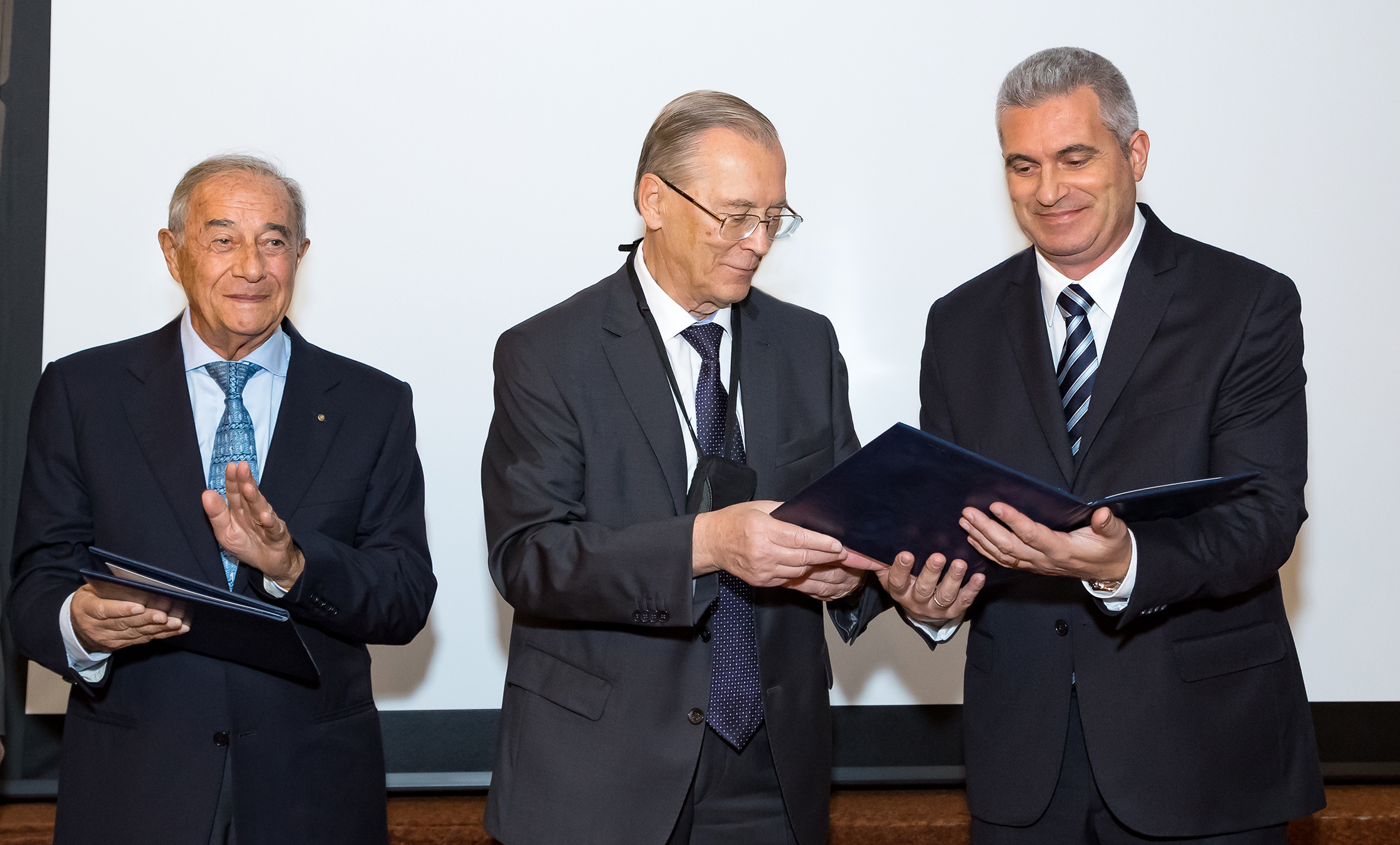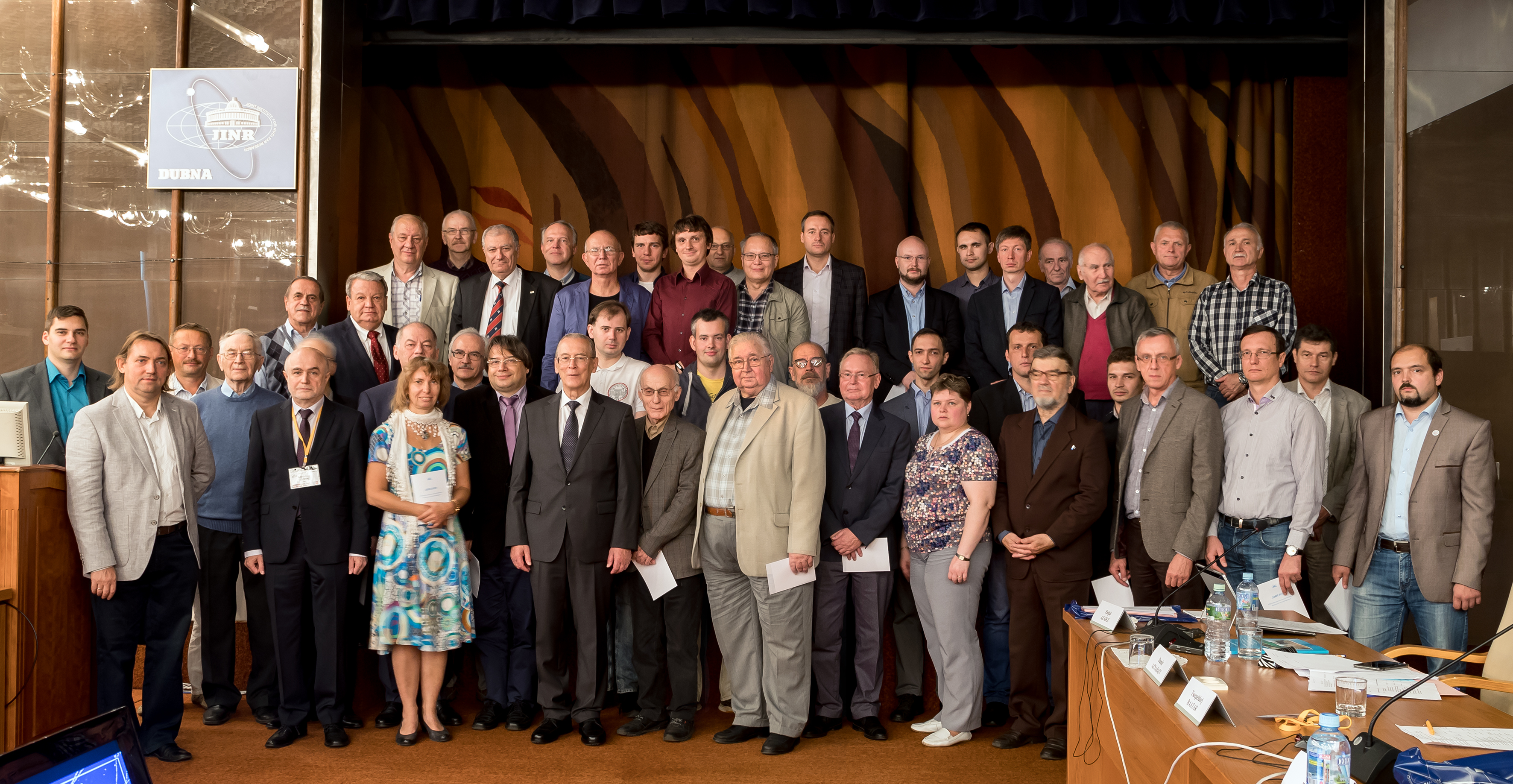On the milestones of the first year of the Seven-year plan
News, 27 September 2018
The 124th Session of the JINR Scientific Council was held last week. JINR Director V.A. Matveev informed members of the Scientific Council about decisions taken at the Session of the Committee of Plenipotentiaries of the Governments of the JINR Member States in March, development of the JINR basic facilities, noted a new basic facility the “Govorun” supercomputer.
Director informed about the announced by RFBR competition for the best project on the theme “Fundamental properties and phase transitions of hadronic and quark-gluon matter: the “NICA complex” megascience facility”. V.A. Matveev presented the strategic plan of JINR development until 2030 that includes the second and the third stages of the NICA project implementation, the DRIBS-III and DERICA (Dubna Electron-Radioactive Ion Collider fAcility) projects, ultra cold neutron physics at the IBR-2 reactor, the “Neptun” superbooster, the Baikal-GVD project of the deep underwater neutrino telescope, the research complex for hadron therapy.
Director cited statistics of scientific publications for the past seven years, separately for 2017 and in comparison with CERN activities: if the total number of scientific publications is less than that of the European center (1260 publications in 2017 against 1287), then the total number of citations, excluding self-citation, is significantly less (837 against 1226). The JINR Directorate invited all partner institutes for an international symposium that will be held in Dubna on 30-31 March 2019 and will be devoted to the International Year of the Periodic Table of Chemical Elements. V.A. Matveev reported on major results achieved in all the JINR laboratories, development of educational programme of the JINR University Centre, the engineering infrastructure of the Institute, international cooperation.
Catalin Borcea (Horia Hulubei National Institute for Physics and Nuclear Engineering, Bucharest, Romania) was elected as Сo-chairman of this Session. Mr. Borcea said to Dubna journalists:
Agenda of this Session is fairly wide. JINR Director Academician V.A. Matveev delivered his report, in which he described the range of research conducted in the JINR laboratories, reported on new plans and their financing, new contacts that are permanently extended by the JINR Directorate. The role of the Joint Institute at the world scientific arena is getting more and more significant. Maybe everyone has great expectations from this Session.
How are you connected with JINR?
I worked here for 8 years in the 1980s, I wanted to have scientific contacts even earlier. My scientific biography is closely connected with the Joint Institute as far as I made research in the fields of heavy ion physics. These contacts have been continued later, and I still work with colleagues from JINR, meet them in laboratories around the world, for example in GSI, GANIL and other places.
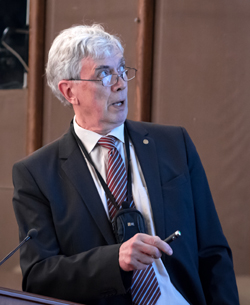 JINR Vice-Directors provided their reports at the Session. B.Yu. Sharkov reported on the progress towards implementation of the Seven-year plan in the fields of condensed matter physics:
JINR Vice-Directors provided their reports at the Session. B.Yu. Sharkov reported on the progress towards implementation of the Seven-year plan in the fields of condensed matter physics:
Sessions of the Scientific Council are very important events that gather stars of the world science. They hear reports, share their opinion on our scientific programme and give useful advice to the JINR Directorate in the fields of the Institute’s development. It is of crucial importance as far as we calibrate our activities with the opinion of the most qualified, well-known, advanced representatives of the scientific community covering all areas of our scientific activities.
The Directorate made the decision to hear not only the report by JINR Director but also reports in the fields that will be presented to the Scientific Council by Vice-Directors. I am responsible for condensed matter physics and radiobiology, I am supposed to report on the most important results achieved by FLNP and LRB only in 20 minutes! Moreover, about 30% of the current membership of the Scientific Council is new, so new members should get acquainted with the activities of the Institute. That is why all speakers have an important task – to give an outlook of what the laboratories are engaged in and what is being done in the frames of the Seven-year plan in 20 minutes, whether we adhere to the Plan or there are some deviations. I properly prepared the report with Directors and staff members of the laboratories, and I understood that work is in full swing, the results are very positive, an enormous enthusiasm is displayed by the Institute’s teams. That is why I am going to tell the Scientific Council that the Seven-year plan is being successfully implemented.
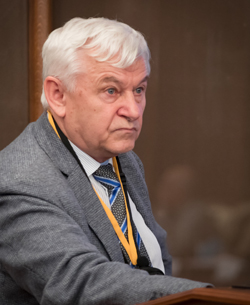 R. Lednický: I will report on the results acquired during the first year of the Seven-year plan, what important projects are being implemented. In addition to the Seven-year plan, there is a strategic plan of development for a longer period as far as science implements very complicated projects, and it is difficult to limit the time for it. Seven-year period is a kind of compromise.
R. Lednický: I will report on the results acquired during the first year of the Seven-year plan, what important projects are being implemented. In addition to the Seven-year plan, there is a strategic plan of development for a longer period as far as science implements very complicated projects, and it is difficult to limit the time for it. Seven-year period is a kind of compromise.
The Institute is now at the stage of rapid development, we hardly manage to use all financial opportunities we have. The situation is absolutely unusual in comparison with previous years. I would say that today it is important to attract other institutes that can help us use finance for infrastructural opportunities and human resources to implement our ambitious projects. Of course, the major project is the NICA collider, and the FLNR development programme as well that includes a new cyclotron, which is supposed to solve the tasks in the fields of superheavy elements and nuclear physics of middle and low energies at large. Many specialists from different countries around the world come to FLNP, which has considerable potential for research in the fields of nuclear physics at the neutron base and applied research, and it is also of crucial importance for the Institute to be the attractive international centre. By the way, as far as we are implementing the NICA project, we will have a serious task of accepting a large number of scientists, because the implementation of large-scale plans without close international cooperation is impossible.
* * *
The Scientific Council agreed with the proposal of the JINR Director V.A. Matveev to postpone the election of Director of the Flerov Laboratory of Nuclear Reactions, which had been announced to be held in September 2018, until the 127th Session of the Scientific Council that is set on February 2020. The Scientific Council elected V.A. Bednyakov as Director of the Dzhelepov Laboratory of Nuclear Problems for the second five-year period.
Professors Gianluigi Fogli (INFN, Bari, Italy) and Eligio Lisi (University of Bari and INFN, Italy) became laureates of the B. Pontecorvo Prize. Laureates delivered scientific reports at the Session.
– We have been hardly working for 30 years and have not thought about winning a prize, – Gianluigi Fogli said.
– This award was a great surprise for me. Neutron experiments usually last for a long time, demand grand financial support, but we worked in other way: we obtained information having worked with the existing data of all experiments around the world. In my opinion, it is a significant task.
– It was an honor for me to receive this Prize, – Eligio Lisi noted.
– It is like a fairy tale because the Prize is named after Bruno Pontecorvo, and Bruno is a hero in our field of research. So, to receive the Prize named after him was my dream.
In your report you used copies of Italian newspapers with the reference to Bruno…
It was a copy of the article of a local newspaper on the event that I missed, unfortunately. In 1990, there were public performances in Bari at which Bruno reported on his work in the Fermi team. Then I specially found this newspaper.
Why does neutrino evoke such an interest among researchers?
Not many people know that neutrino is the second most abundant particle in the Universe, – Gianluigi answered. Millions of neutrino penetrate us every second; they are everywhere. They have interesting, strange properties: they oscillate. Let’s imagine that three of us change our identity, and Eligio becomes Gianluigi, and he becomes Gil, and it is repeated again and again. That is what happens in the quantum world.
Olga Tarantina, JINR Weekly Newspaper,
Photos by Elena Puzynina, JINR Scientific Information Department

